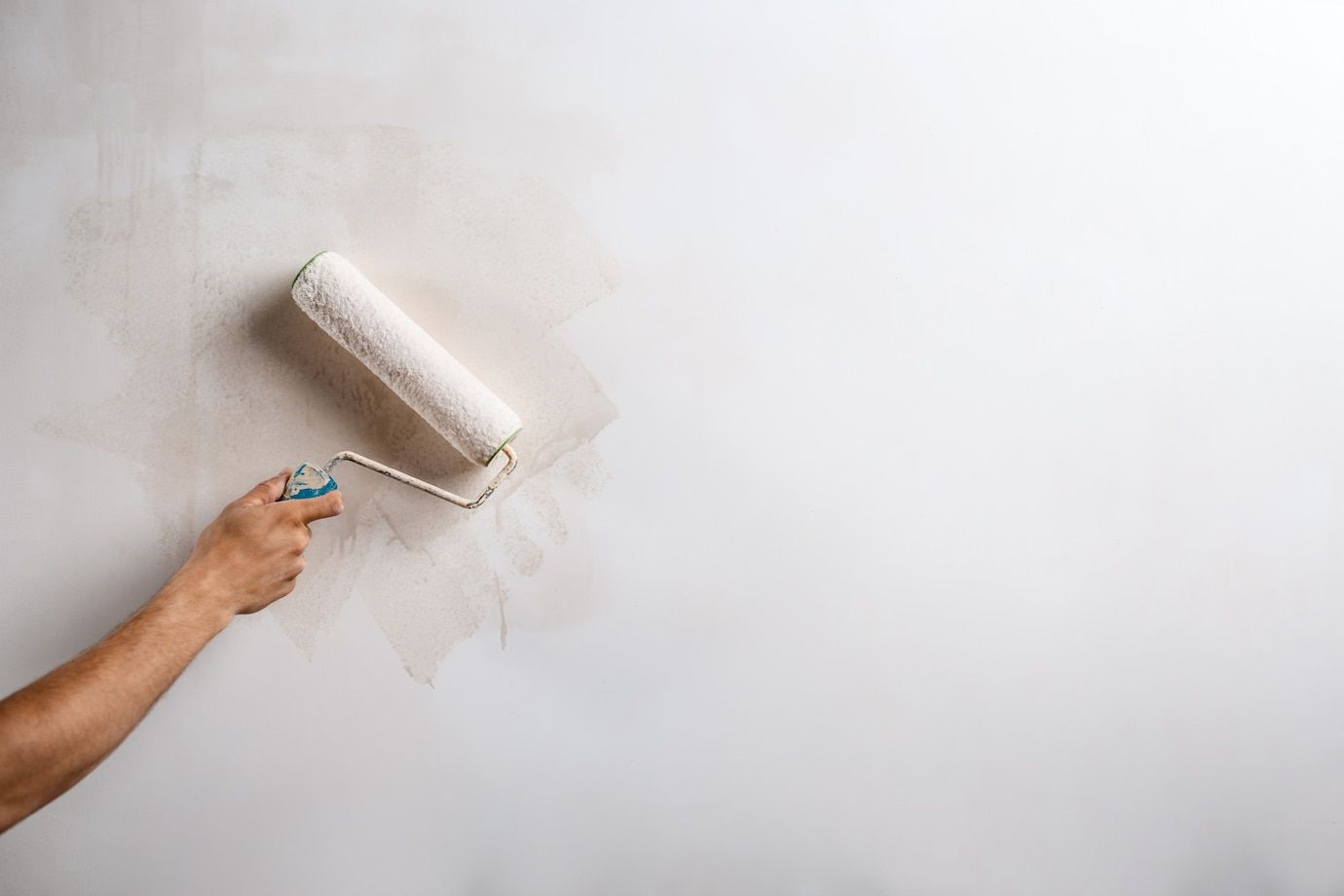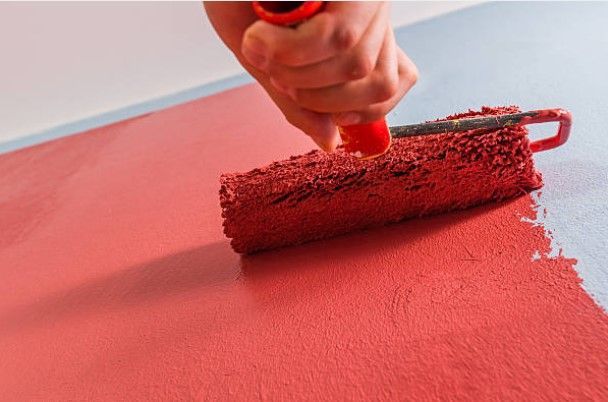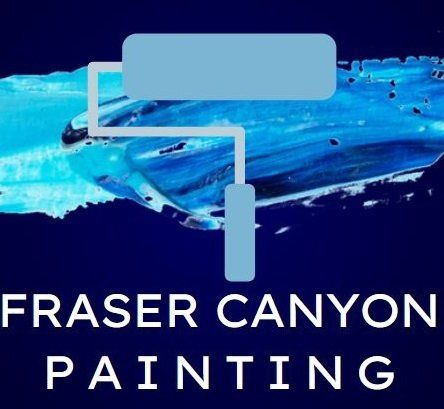Understanding the Average Cost to Paint a House: Factors and Estimates
If you recently bought a house or want to improve your current one, painting it can give it a fresh look. Worried about the expenses? Let's find out the average cost of painting a house. We will guide you through estimating all the expenses associated with a painting project, the typical rates charged by painters, and transforming your cost estimates into winning quotes that secure painting contracts.

Painting Cost Materials Estimation
When estimating the cost of painting materials, take into account the size and complexity of the project at hand. It should be noted that distinct materials are needed for interior and exterior paint jobs.
For most new painting projects, you will only need to buy new paint and primer after acquiring the necessary materials for your initial interior paint job. These materials include rollers, brushes, trays, drop cloths, and painter's tape. These basic materials, excluding paint, can cost as low as $30 for a 400-square-foot room.
When it comes to exterior painting, you can expect to purchase more materials. For a 2,000-square-foot home, new materials such as primer, painter's tape, caulking tubes, masking paper, and masking plastic can range from $100 to $120.
Interior and Exterior Paint Cost Estimation
Estimating the average cost to paint a house is an important part of your budget. Let's learn how to determine the amount of paint you'll need and accurately measure your painting area for interior and exterior projects.
Interior Paint Cost Estimation
For interior paint, the average cost for a single coat ranges from $20 to $50 per gallon. Higher-quality paints can cost more than $60 per gallon. Generally, one gallon of paint covers around 300 - 400 square feet of wall or ceiling.
If your project requires a primer, you should budget around $30 to $70 per gallon, depending on the type of primer. Keep in mind that you'll need slightly more primer than paint. You can cover only about 200 to 300 square feet for every gallon of primer.
To give you an idea of interior painting costs based on home size (without primer):
For a 1,500-square-foot home, you'll need approximately 5 gallons of paint, costing around $150 (at $30 per gallon).- A 2,500-square-foot home would require about 9 gallons of paint, totalling around $270.
- If you're painting a 4,000-square-foot home, you'll need roughly 14 gallons, approximately $420.
You can calculate the number of paint gallons needed for your specific project by measuring the exact surface area. Professional painters add a small percentage for patching, extra paint, and detail work. Once you know the square footage and the required amount of paint and primer, add these costs to your estimate.
Exterior Paint Cost Estimation
Exterior paint costs can vary depending on the quality you choose. Typically, a gallon of exterior paint ranges from $25 to $80. Higher-quality paint is recommended, costing between $50 and $70 per gallon. This ensures better coverage, requires fewer coats, and delivers a high-quality finish that satisfies your clients.
One gallon of exterior paint can cover around 250 to 400 square feet with a single coat. However, remember that the coverage can differ based on the type of exterior siding material. For instance, painting stucco may require almost double the amount of paint compared to vinyl, as textured surfaces have more area to cover.
Here are some estimates for exterior painting costs according to the square footage you need to paint or the total paintable area:
For a total paintable area of 1,500 square feet, you'll need approximately 5 gallons of paint, totalling around $250 (at $50 per gallon).- If the total paintable area is 2,500 square feet, you'll require approximately 8 gallons of paint, amounting to around $400.
- A total paintable area of 4,000 square feet would need approximately 12 gallons of paint, costing approximately $600.
Then, determine the total paintable area for the exterior of a house.
If you plan to paint the garage door, trim, soffit, and eaves, measure these areas during your site visit.
Labour Cost Estimation
Estimating the labour cost is an essential step in calculating your overall expenses. Inspecting the job site and assessing the time required for the work can ensure that you are fairly compensated for the paint and materials purchased.
Take accurate measurements and note the preparation work needed in each room. Inspect the area to avoid overestimating or underestimating the labour required, which can lead to incorrect pricing.
Note any obstacles that may slow down the job and increase labour hours. These obstacles can include hard-to-paint windows such as vinyl or embedded windows. Or it can be the height of the house, as taller houses require more setup and equipment.
Outdoor obstructions such as trees and ivy can pose challenges during painting. Time-consuming prep work like peeling paint, wood repairs, and caulking can be overlooked. Working around challenging house structures, such as steep roofs, can also slow down the process. Lastly, unexpected needs for additional paint coats beyond the initial estimate should be anticipated.
Once you have determined the estimated time for the job, calculate your hourly or direct labour costs. If you prefer an hourly rate, such as $30 per hour, and the job will take a full 8-hour workday, you can estimate the direct labour cost as $240.
To calculate your hourly labour cost, add up each painter's salary, including taxes, workers' compensation, and any other expenses related to employees. Applying a markup of around 20 to 30 per cent is common to cover these additional costs.
Overhead Cost Estimation
Overhead costs are the additional expenses necessary to keep your business running smoothly. Typically, these costs account for approximately 10% of your total expenses. Some examples of overhead costs include:
Business equipment like computers and tablets- Taxes
- Software subscriptions for painting business management tools like Jobber
- Vehicles, fuel, and maintenance
- Office rent and utilities
- Reusable painting tools
- Liability insurance
- Travel time to the job
- Marketing and advertising
Since most of your overhead costs are recurring monthly or annually, it can be challenging to calculate the exact overhead for a specific job. However, you can estimate the overhead costs for a particular project by determining your hourly overhead rate.

Total Cost Estimate & Add Markup
Now that you have determined the materials, labour, and overhead costs, it's time to add them together to get your total cost estimate. This will give you an approximate amount you can expect to spend on the project.
To determine the total price you should charge for your
paint job, follow these steps:
- Calculate your cost estimate by adding materials, labour, and overhead costs.
- Decide on your desired profit margin.
- Calculate the markup.
- Add the cost estimate and markup together to get the total price for the job.
For example, let's say you estimated the following costs for a paint job. Now, you need to set a price for the client to generate enough revenue for you to profit from the job. Add markup to your estimated materials, labour, and overhead costs to meet that profit margin. Markup refers to the difference between the cost to you and the amount you charge the customer.
Build Your Painting Estimate
When it comes to painting your house, it's important to take a look at the average cost to paint a house. Several factors influence the overall cost and the amount of preparation work required. On average, interior painting can range from $1.50 to $3.50 per square foot, while exterior painting costs can vary between $2 and $4.50 per square foot.
It's recommended to consider these factors and consult with professional painting contractors who can provide you with a detailed assessment.
Looking for reliable painting services? Contact
Fraser Canyon Painting for high-quality and affordable solutions. With our expertise and attention to detail, we'll transform your house into a beautiful space. Visit us today to learn more about our services and request a free quote.
FAQs
-
Why Is My Bathroom Paint Ceiling Peeling?
Paint on bathroom ceilings can peel due to moisture buildup, inadequate surface preparation, improper paint application, or underlying issues like leaks or condensation.
-
What Is the Best Paint for a Bathroom Ceiling?
Look for paint labelled as moisture-resistant or specifically designed for bathrooms. High-quality latex or acrylic paints with a satin or semi-gloss finish are commonly recommended for bathroom ceilings due to their durability and resistance to moisture.
-
Should I Use a Primer Before Painting My Bathroom Ceiling?
Using a primer before painting bathroom ceilings is generally recommended, especially if there is existing peeling paint or water damage. Primer promotes adhesion and helps prevent future peeling.
MENU
GET IN TOUCH
604-239-7881
10070 Brentwood Dr, Chilliwack, BC V2P 6G3
info@frasercanyonpainting.com
Chilliwack, Abbotsford, Maple Ridge, Mission & Hope, BC
GET CONNECTED
Contact Us today!
Contact Us
We will get back to you as soon as possible
Please try again later
Fraser Canyon Painting © 2022 | All Rights Reserved
